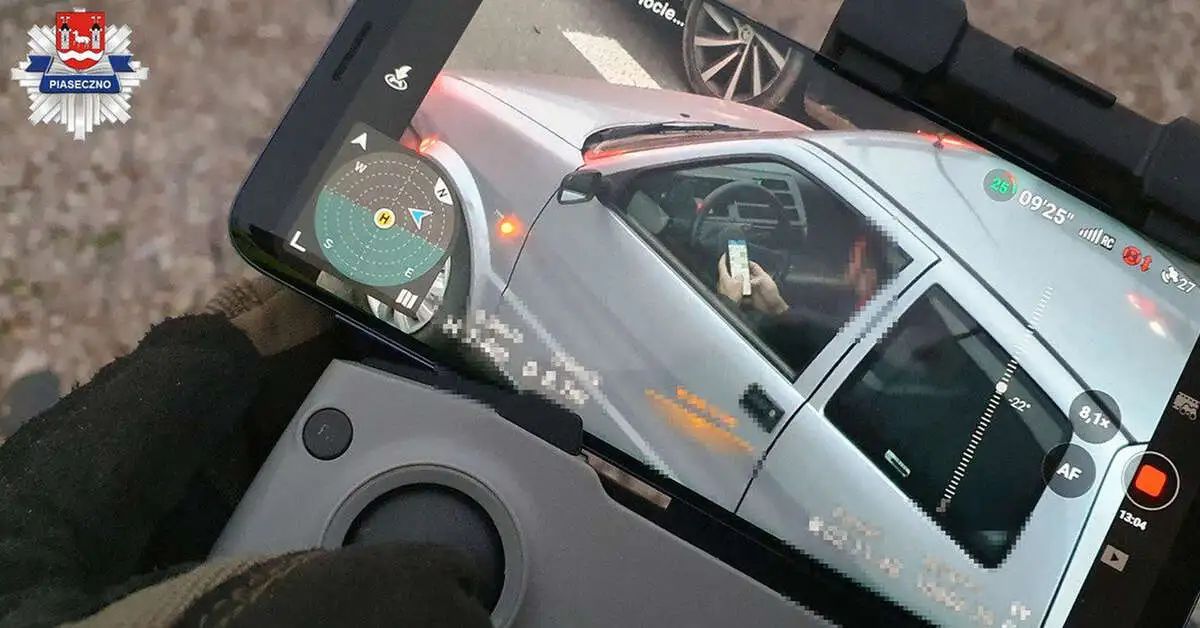Distracted Driving Faces a Formidable Foe as Innovative Speed Cameras Emerge in the US
Distracted driving has become an all-too-common menace on the roadways, not just within our borders but globally. In a bid to curb this perilous practice, a collaboration between American and Australian scientists is yielding groundbreaking results. The stage is set for a crackdown on phone use while driving, and it’s sending shivers down the spines of texting enthusiasts.

The extent of the problem regarding cell phone use and its impact on road safety is still shrouded in uncertainty. Those who have caused accidents while distracted by their phones are often reluctant to divulge their negligence to the authorities. Moreover, many such incidents transpire without a single witness in sight, further complicating law enforcement’s ability to gauge the extent of this issue. This uncertainty has spurred the American and Australian scientific communities to develop a system capable of delivering precise assessments.
The concept behind this initiative is elegant in its simplicity. Leveraging the power of artificial intelligence, software has been meticulously crafted to scrutinize images captured by speed cameras and roadside cameras—initially for statistical analysis. One can’t help but wonder whether these studies could pave the way for robust systems that cater to the needs of law enforcement agencies in the future.
ALSO READ: Glowforge Aura Laser Cutter Review – Affordable Precision Cutting for Beginners in 2023
According to reports from the American Highway Safety Agency IIHS, this innovative solution has proven to be as effective as a human traffic observer. During controlled tests, the system adeptly identified 72 percent of instances where drivers were engaging in activities such as using their phones, eating, or drinking while behind the wheel. Human observers scored slightly higher at 78 percent effectiveness. Detecting prohibited actions without distinguishing their exact nature, such as texting or conversing, was even more within reach. The human observer outperformed at 90 percent, with the software close behind at 86 percent.
An alternative approach to assessing this issue involves mining data from the driver’s smartphone. Motorists, seeking favorable insurance policies, are willing to share their driving behavior via their insurer’s app, and this cooperation may extend to tracking phone usage while driving. The process is uncomplicated, relying on data gleaned from the applications in use and information from the device’s built-in gyroscope.
ALSO READ: Bose QuietComfort Ultra Earbuds’ New Immersive Audio Feature: A Game-Changer or a Gimmick?
A precise evaluation of the menace posed by phone use while driving could reveal some disconcerting insights. It wouldn’t be surprising if this habit contributes to a significantly higher percentage of accidents than what current police reports suggest. The emergence of this innovative technology could be the pivotal moment needed to reshape our approach to distracted driving and keep our roadways safer for everyone.









